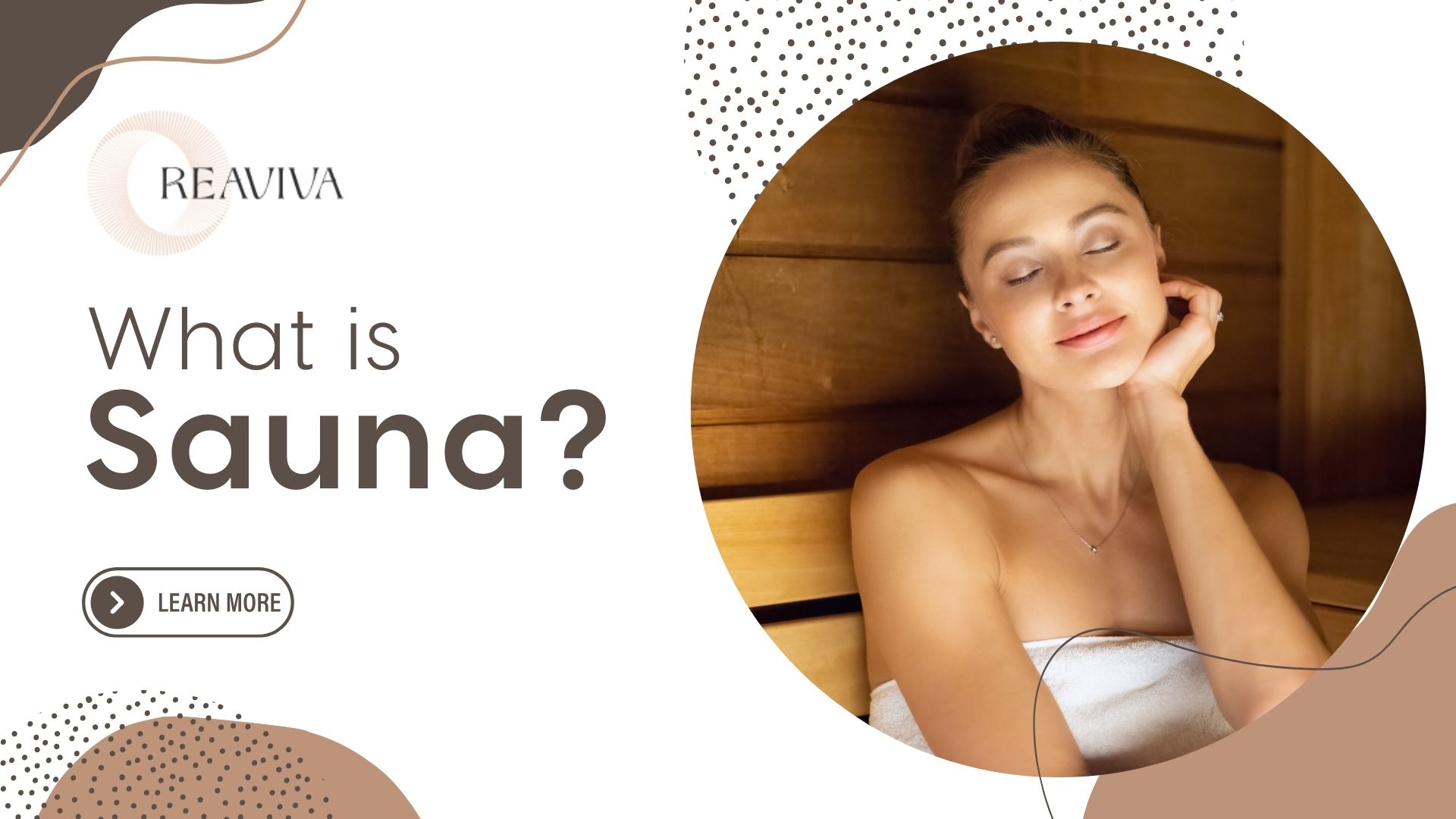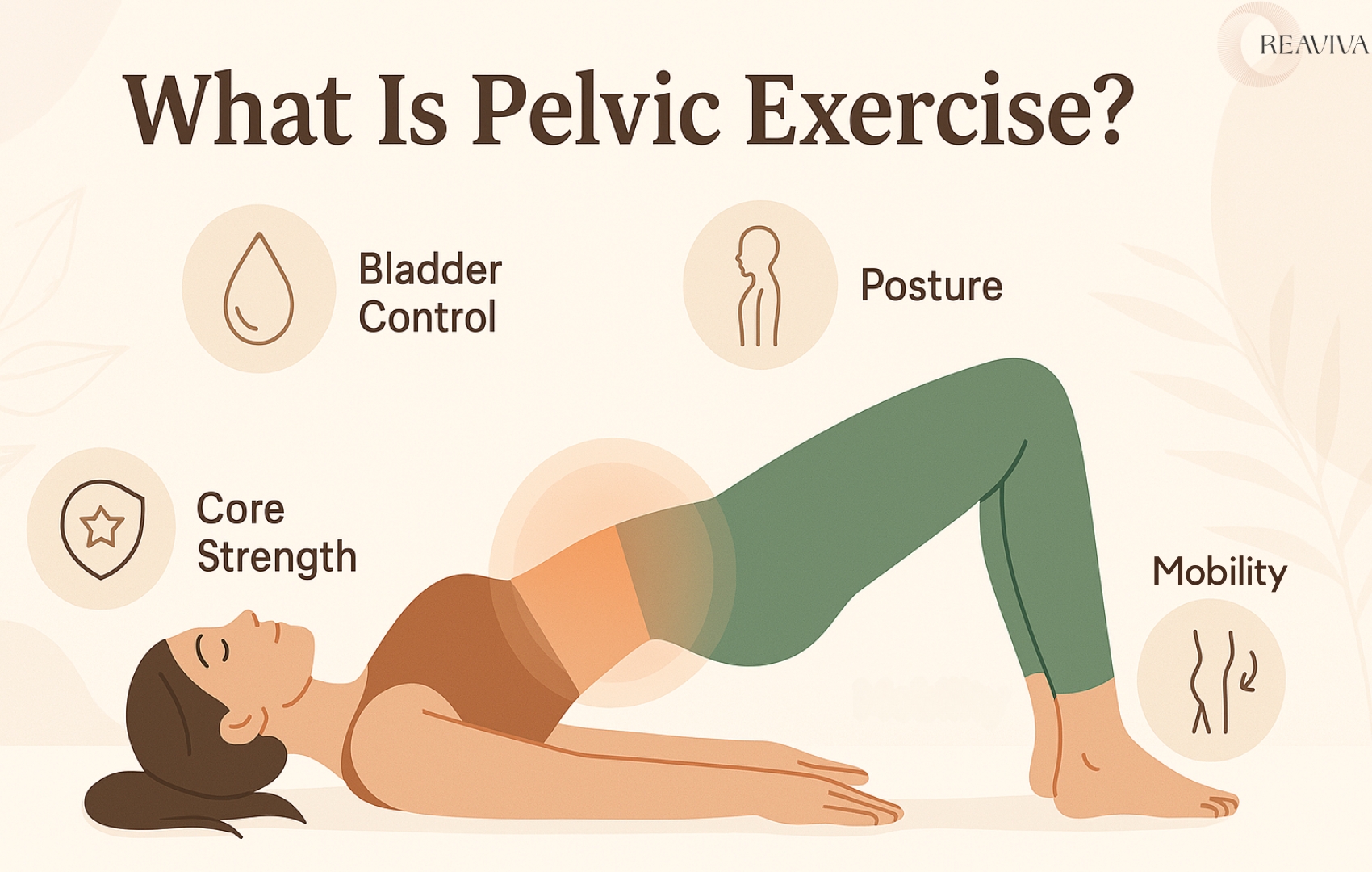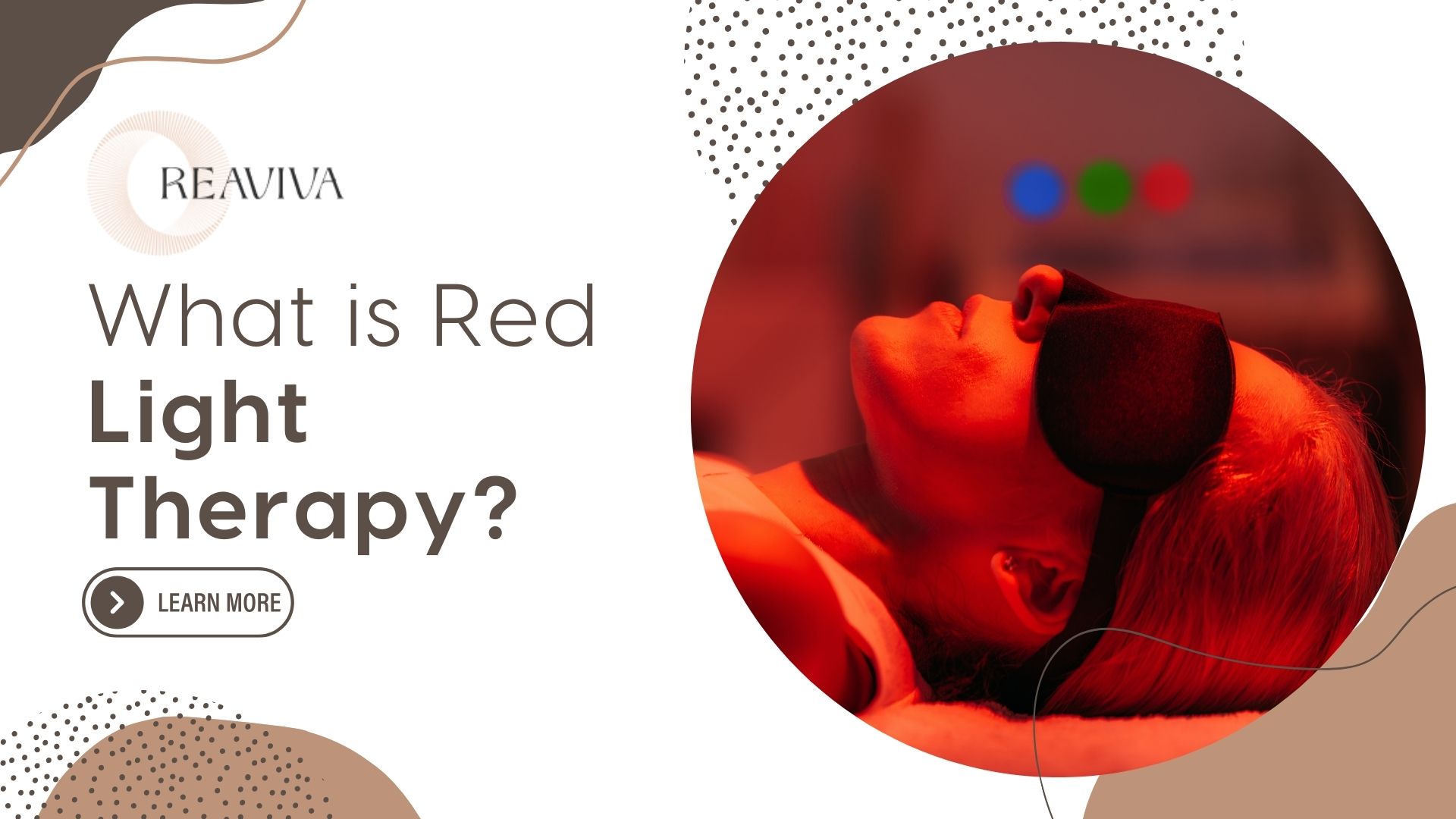Welcome to Reaviva! A sauna is a special room that gets really hot and helps you feel good. People go into a sauna to relax, get warm, and feel better. A sauna can help your muscles feel loose and calm your mind.
When you step into a sauna room, the heat from the air makes you sweat. This helps your body get rid of things that it doesn’t need, like sweat. Some saunas are dry, and others have steam, but they all make you feel relaxed.
There’s also something called an infrared sauna. It uses light to warm your body, not just the air around you. This is a little different from regular saunas, but it still helps you feel good.
At Reaviva, we want you to enjoy your time in the sauna. Whether it’s your first time or you’ve used one before, we’re here to help you feel relaxed and happy!
History and Origin of Sauna
The history of saunas goes back thousands of years, starting in the Nordic countries, especially Finland. In Finland, saunas have been an important part of life for a long time. People use them not just for relaxation but also as a cultural tradition passed down through families. The Finnish Sauna Society is a group that works to keep these old traditions alive, celebrating how important saunas are to Finnish culture.
The sauna bath meaning comes from these traditions where people would gather in a heated room to cleanse their bodies and relax their minds. The idea of what is sauna bath has spread all over the world, but the main purpose is still the same—using heat for health and relaxation.
Today, there are many different types of saunas. One example is the infrared sauna, which is a newer kind of sauna that uses light to create heat. This is different from traditional saunas, but it still gives you many of the same sauna bath benefits, like helping your body relax and improving your overall health.
One of the biggest sauna benefits is sweating. People often wonder, “is sweating good for health?” or “is sweating good for you?” The answer is yes! Sweating is a natural way for your body to get rid of toxins and stay cool. This is one of the main reasons why people love using saunas whether it’s a traditional sauna or an infrared sauna. Sweating during a sauna bath helps improve your blood circulation and reduces stress, which makes it an important part of staying healthy.
From the old Nordic traditions to modern sauna experiences, the history of the sauna shows how this simple but powerful practice has always been valued for the benefits it brings to both body and mind.
Types of Saunas and How They Work
Saunas are heated rooms that help people relax and sweat. There are different types of saunas, and each one works a little differently. Let’s look at the most common types of saunas, how they work, and what they do for your body.
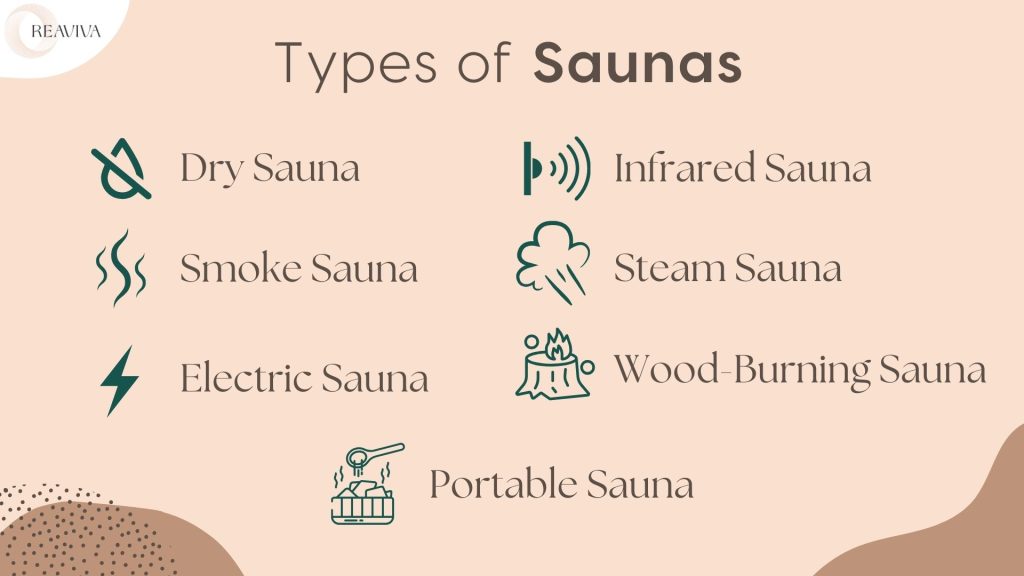
Traditional Finnish Sauna (Dry Sauna)
- Heating Method: Uses a wood-burning stove or an electric heater to warm the air and sauna stones.
- Humidity: Low humidity, usually between 5% and 20%.
- Experience: You can pour water on the hot stones to make some steam, which makes the air feel hotter for a short time. This kind of sauna bathhelps you sweat and relax.
- How It Works in the Body: The heat makes your body sweat, which helps get rid of toxins and helps you relax. It also helps improve blood flow, as the heat makes your blood vessels widen.
Smoke Sauna (Savusauna)
- Heating Method: A wood fire heats up stones without a chimney, so the room fills with smoke. Once the fire is out, the room is aired out, and then it’s ready to use.
- Humidity: High humidity with heat coming from the warm stones and steam.
- Experience: This sauna has a traditional feel with a smoky smell. It takes a long time to heat up and needs careful attention.
- How It Works in the Body: The mix of high heat and humidity helps open your pores, improves blood flow, and relaxes muscles. The smoky air gives a special experience that can also help reduce stress.
Electric Sauna
- Heating Method: Uses electric heaters to warm the air and stones.
- Humidity: Low humidity, similar to traditional saunas.
- Experience: This sauna is easy to use and heats up quickly. It’s often found in cities and public places.
- How It Works in the Body: The heat makes you sweat, which helps detox your body. It also relaxes your muscles and raises your heart rate, similar to light exercise.
Infrared Sauna
- Heating Method: Uses infrared light to heat your body directly instead of heating the air.
- Humidity: Very low, since the air doesn’t get very warm.
- Experience: Works at lower temperatures (between 100°F and 130°F or 38°C to 54°C), so it feels more comfortable for longer sessions. The infrared saunais known for helping muscles relax and improving circulation. People often ask, “is sweating good for health?”—and yes, it is! The sauna benefits from an infrared sauna include helping your body sweat out toxins.
- How It Works in the Body: Infrared saunas use light to warm your body from the inside. This deep heat helps loosen tight muscles, improves circulation, and makes you feel relaxed overall.
Steam Sauna (Steam Room)
- Heating Method: Uses a steam generator that boils water to fill the room with steam.
- Humidity: Very high, often up to 100%.
- Experience: The temperature is lower (about 110°F or 43°C), but the humidity makes it feel really hot. This type of sauna bathis good for your lungs and helps keep your skin hydrated.
- How It Works in the Body: The steam helps hydrate your skin, open your pores, and loosen mucus in your lungs, making it easier to breathe. The warmth also helps relax your muscles.
Wood-Burning Sauna
- Heating Method: Burns wood in a stove to heat the room and the stones.
- Humidity: You can adjust the humidity by pouring water on the stones.
- Experience: It gives a traditional feeling with the smell of burning wood. This sauna type takes more effort to use and is usually outside because of the smoke.
- How It Works in the Body: The heat helps improve blood flow and relaxes your muscles. The smell of burning wood can also help you feel calm and reduce stress.
Portable Sauna
- Heating Method: Can use different methods, like infrared panels or steam generators.
- Humidity: Depends on the type of heat used.
- Experience: These saunas are small and can be used at home. They are great for people who want the saunabenefits without needing a permanent setup.
- How It Works in the Body: The heat helps you sweat and relax, similar to traditional saunas. Infrared versions help with deep muscle relaxation, while steam versions are good for skin and breathing.
In general, saunas are designed to make you sweat and raise your body temperature. Traditional saunas do this by heating the air, while infrared saunas use light to heat your body directly. Sweating in any type of sauna helps cool you down, remove toxins, and makes you feel deeply relaxed. Each type of sauna offers its own unique experience, so there’s a sauna out there for everyone!
Health Benefits of Using a Sauna
Using a sauna regularly can be really good for your health. Here’s why people use saunas for things like stress relief, muscle relaxation, better blood flow, and getting rid of toxins, and how they actually help your body.
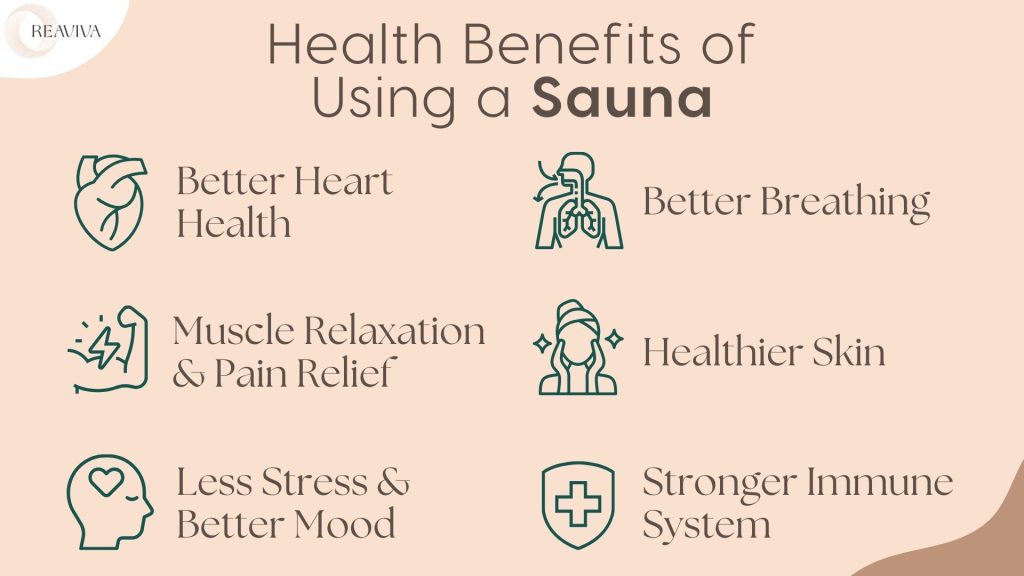
Better Heart Health
- Improved Circulation: When you sit in a sauna, the heat makes your blood vessels get bigger, which lets more blood flow through your body. This helps your heart work better, lowers your blood pressure, and keeps your circulation healthy. Some studies show that using a sauna often might lower the risk of heart problems, like heart attacks.
- Stronger Heart: When you use a sauna, your heart works a little harder, kind of like when you exercise. This helps your heart stay strong and healthy over time.
Muscle Relaxation and Pain Relief
- Helps Sore Muscles: The heat from the saunamakes your muscles relax by increasing blood flow. This helps with muscle stiffness and soreness. That’s why sauna baths are popular with athletes or anyone who has muscle pain or arthritis. The heat makes your muscles loosen up, which helps ease pain.
Less Stress and Better Mood
- Lower Stress Levels: The heat of the saunahelps relax both your body and your mind. Being in a warm, quiet space helps lower cortisol, which is the hormone that makes you feel stressed. When cortisol levels go down, you feel calmer and less stressed. That’s why people often feel good and refreshed after using a sauna.
Better Breathing
- Improved Airflow: The warm air, especially in steam rooms, can help clear out stuffy noses and open up your airways. This can be really helpful for people with breathing problems like asthma or bronchitis. The steam helps open up your chest, making it easier to breathe.
Healthier Skin
- Detoxification: One of the great sauna benefitsis that it makes you sweat, which helps get rid of toxins in your body. Sweating gets rid of waste, which can make your skin clearer and healthier.
- Better Skin Look: The extra blood flow when you use a saunabrings more oxygen and nutrients to your skin. This can make your skin look better, feel softer, and have a nice, healthy glow.
Stronger Immune System
- Boosts Immunity: Some studies show that using a saunacan help your immune system. The heat can increase the number of white blood cells, which help fight off infections. Using a sauna regularly might make it easier for your body to fight off colds and other illnesses.
Using a sauna regularly can be a great way to feel better and improve your overall health. Just make sure to use it safely, especially if you have health issues. Always talk to a doctor before making saunas a regular part of your routine, especially if you have health problems.
Sauna Etiquette and How to Prepare for a Sauna Session?
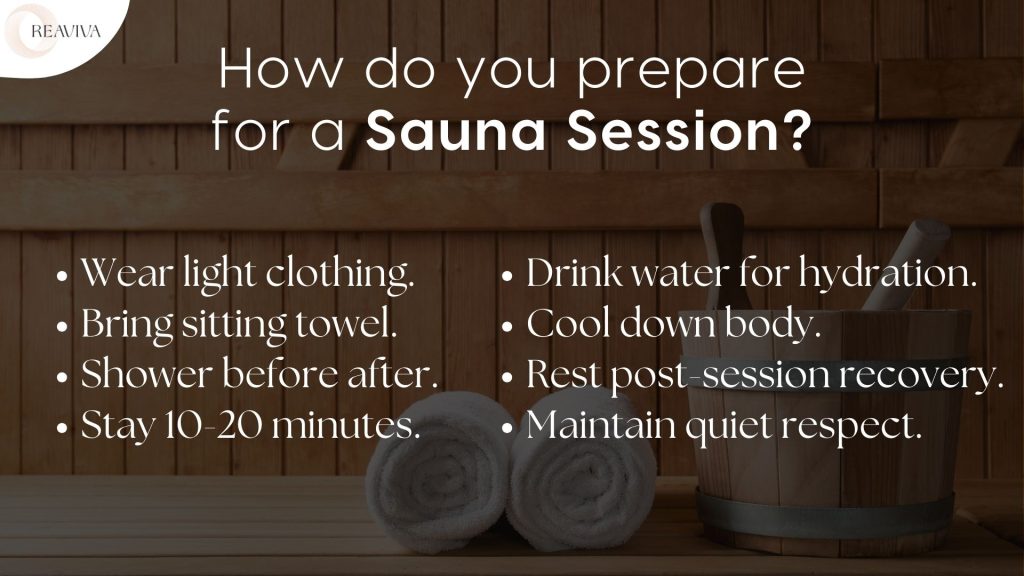
If you’re planning to use a sauna, it’s important to know some basic rules and tips to get the most out of your experience. Here is some practical guidance on how to use a sauna correctly, including what to wear, how long to stay, and how to stay safe and comfortable.
- What to Wear (or Not Wear)
- Clothing: Most people use a saunaeither fully naked or with a towel wrapped around them. It’s best to avoid wearing tight or heavy clothes, as the heat will make you sweat a lot, and clothes can feel uncomfortable. A swimsuit is also a good option if you’re in a public sauna.
- Towels: Always bring a towel to sit on. This helps keep the bench clean and also makes it more comfortable to sit on the hot wood. If you’re feeling shy or uncomfortable, you can also use a towel to cover yourself.
- Showering Before and After
- Shower Before: It’s a good idea to take a quick shower before going into the sauna. This removes any dirt, sweat, or lotion from your skin, which helps you sweat more effectively and keeps the sauna clean.
- Shower After: After your sauna session, rinse off again to clean away sweat and cool down your body.
- Ideal Session Duration
- Time Limit: Most people should stay in a saunafor about 10 to 20 minutes at a time. Beginners may want to start with shorter sessions, around 5 to 10 minutes, and slowly work up to longer durations. Staying too long can lead to overheating or dehydration, so listen to your body and take breaks if you need to.
- Hydration
- Drink Water: Saunas make you sweat a lot, which means you lose a lot of water. It’s very important to drink plenty of water before and after your session to stay hydrated. Avoid alcohol before or after using a sauna, as it can increase the risk of dehydration.
- Take Breaks and Rest Afterward
- Cool Down: After you leave the sauna, take a few minutes to cool down. You can take a cold shower, splash cool water on your face, or simply sit in a cool room. Cooling down helps your body return to its normal temperature safely.
- Rest: It’s also a good idea to rest for a while after a sauna session. Sit or lie down for 10 to 15 minutes to allow your body to fully relax and recover. This helps you enjoy the full benefits of the sauna experience.
- Respect Others
- Quiet Environment: A saunais a place to relax, so keep noise to a minimum. Avoid loud conversations or playing music, as most people come to the sauna for peace and quiet.
- Personal Space: Respect other people’s personal space by giving them enough room. In crowded saunas, be mindful of where you sit so that everyone has enough space to be comfortable.
- What to Wear (or Not Wear)
By following these simple rules, you can have a great sauna experience while staying safe and comfortable. Remember, a sauna is about relaxation and health, so take your time, listen to your body, and enjoy the warmth.
Possible Risks and Who Should Avoid Sauna Usage
While saunas can offer many health benefits, there are also some risks that people should be aware of. Understanding these risks can help you stay safe and get the most out of your sauna experience.

Dehydration and Overheating
- Dehydration: Spending time in a saunamakes you sweat a lot, which means you lose a lot of fluids. If you don’t drink enough water before and after your sauna session, you can become dehydrated. This is why staying hydrated is so important when using a sauna.
- Overheating: The high temperatures in a sauna can also lead to overheating. This can cause dizziness, headaches, or even heat exhaustion if you stay in the sauna for too long. Always listen to your body and leave the sauna if you start to feel too hot or uncomfortable.
Who Should Avoid Saunas?
- Heart Conditions: People with heart conditions or problems with blood pressure should be very careful when using a sauna. The heat makes your heart work harder, which can be risky if you have heart issues. It’s always best to consult a doctor before using a sauna if you have any heart problems.
- Pregnancy: Pregnant women should avoid using saunas, as the heat can be harmful to the baby. Always check with a healthcare provider before using a sauna if you are pregnant.
- Respiratory Issues: People with certain respiratory problems, like severe asthma or chronic obstructive pulmonary disease (COPD), should be cautious in a saunabecause the heat may make breathing harder.
- Medications: Some medications can affect how your body responds to heat. If you are on medication, it’s a good idea to check with your doctor before using a sauna.
Frequently Asked Questions
Saunas are not safe for everyone. People with heart issues, certain respiratory conditions, or those who are pregnant should avoid saunas. It’s always a good idea to talk to your doctor before using a sauna if you have any health concerns.
Before using a sauna, make sure to stay hydrated, keep your sessions short (usually between 10-20 minutes), and listen to your body. If you feel dizzy, too hot, or uncomfortable, leave the sauna immediately. It’s also helpful to shower before and after your session.
The best way to use a sauna is to start with a quick shower, then enter the sauna for about 10-20 minutes. Make sure you bring a towel to sit on, and remember to stay hydrated. After your session, take some time to cool down and rest.
A sauna uses dry heat, while a steam room is filled with moist heat. Both are great for relaxation, but a steam room is better for people looking for more humidity, which can help with breathing issues. Saunas tend to be hotter but have lower humidity.
A sauna can help you lose water weight temporarily because of all the sweating, but it’s not a long-term solution for weight loss. The weight you lose is mostly water, and it will come back once you rehydrate. However, using a sauna can support weight loss efforts by helping you relax and easing sore muscles after exercise.
How often you use a sauna depends on your health and comfort level. Many people use a sauna 2-3 times a week, but some may use it more often if they are comfortable. Always listen to your body, and don't overdo it.
If you feel dizzy in a sauna, leave immediately and sit in a cool place. Drink water to rehydrate, and take slow, deep breaths. Dizziness can be a sign of overheating or dehydration, so it's important to cool down right away.
It is not recommended to bring electronics like phones into the sauna because the high heat and humidity can damage them. Saunas are meant for relaxation, so it’s best to leave electronics outside and fully disconnect.
A dry sauna heats the air around you, while an infrared sauna uses infrared light to directly heat your body. Infrared saunas usually operate at a lower temperature, making them more comfortable for longer sessions, but they provide similar benefits.
It’s best to avoid heavy meals before using a sauna. Eating a large meal can make you feel uncomfortable in the heat. A light snack is fine, but try to wait at least an hour after eating a big meal before going into the sauna.
To avoid overheating, start with shorter sessions (about 5-10 minutes) and gradually work your way up as you get used to it. Always have water nearby, and take breaks if you start to feel uncomfortable. You can also sit on a lower bench, as it is cooler than the higher benches.

